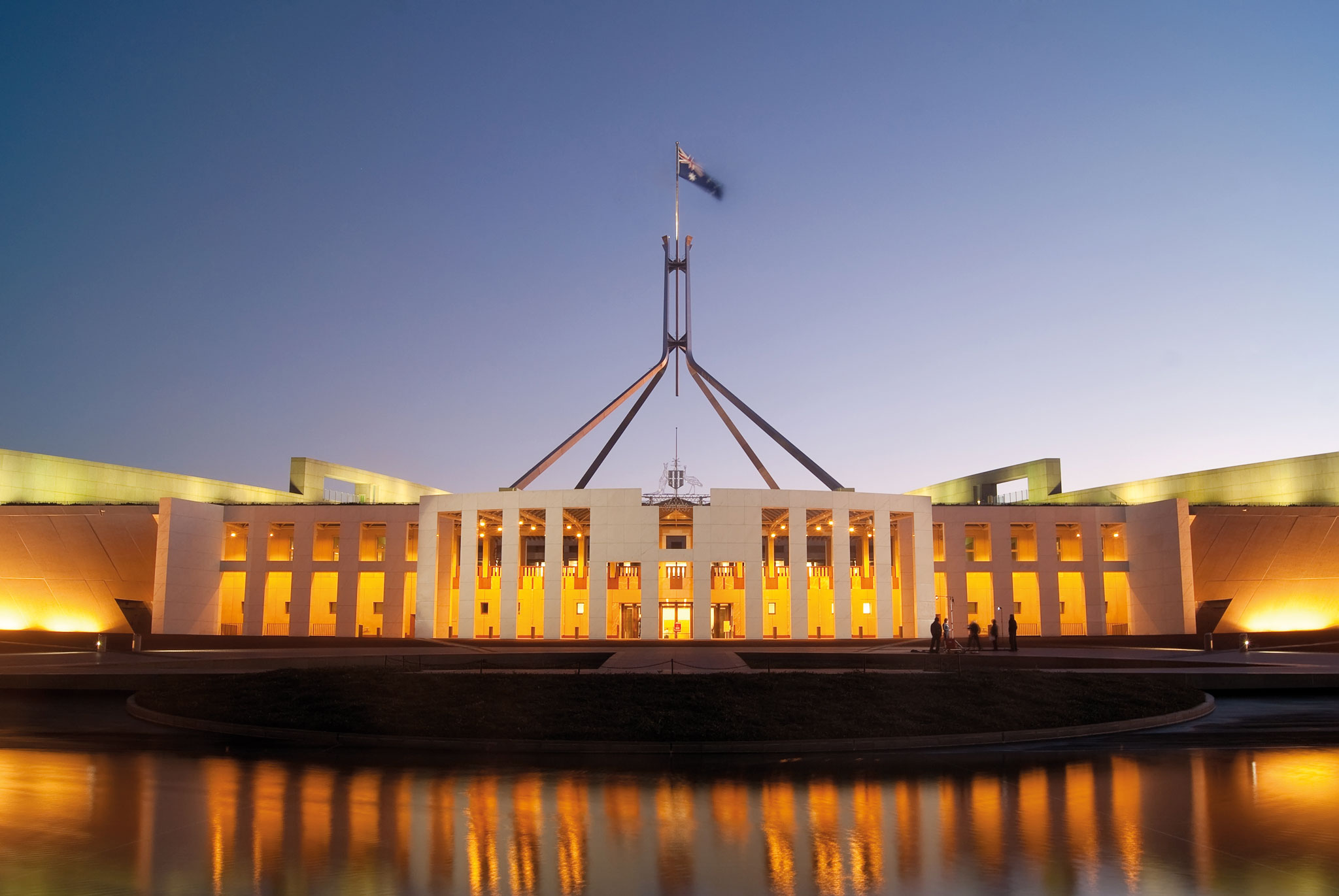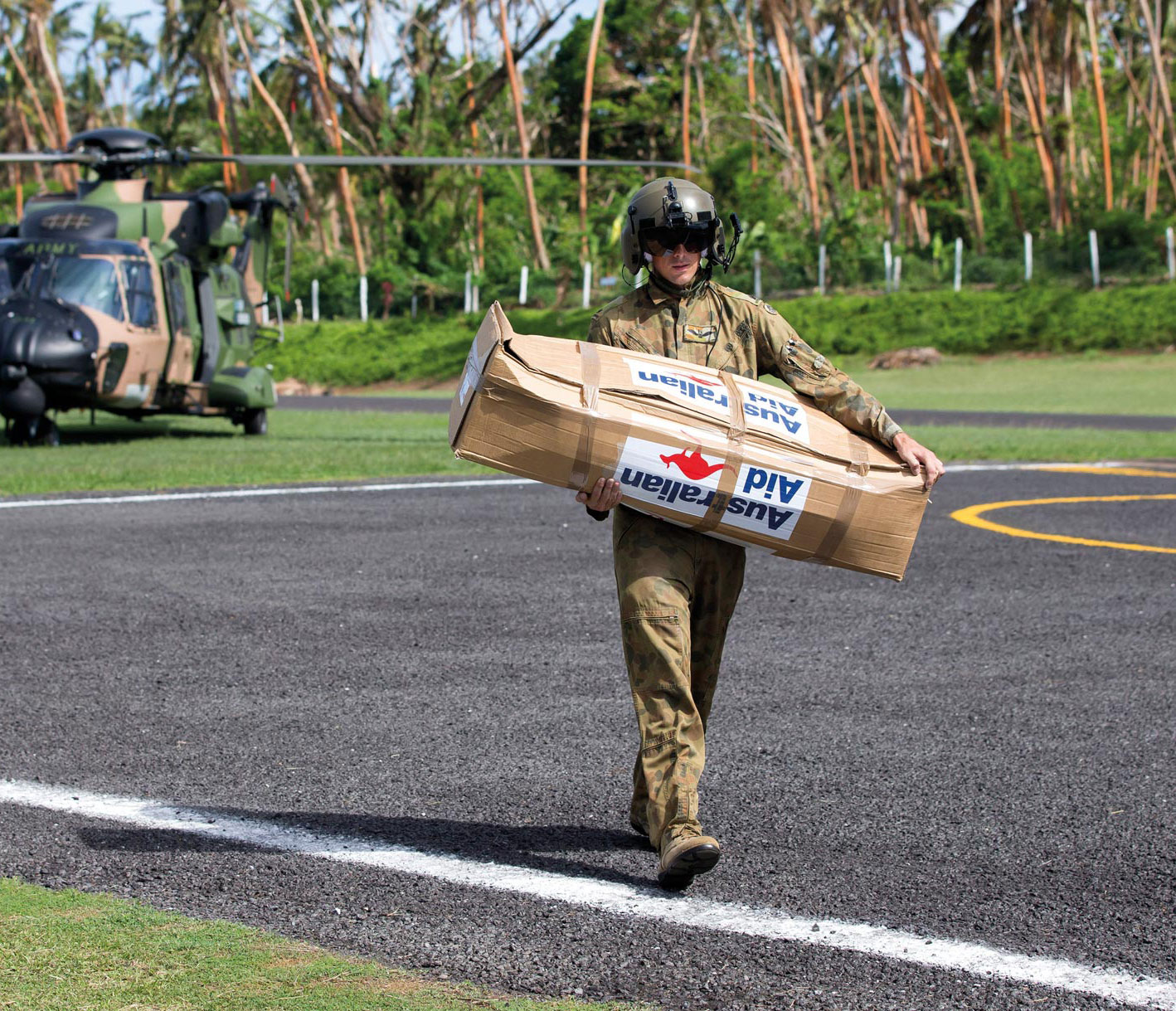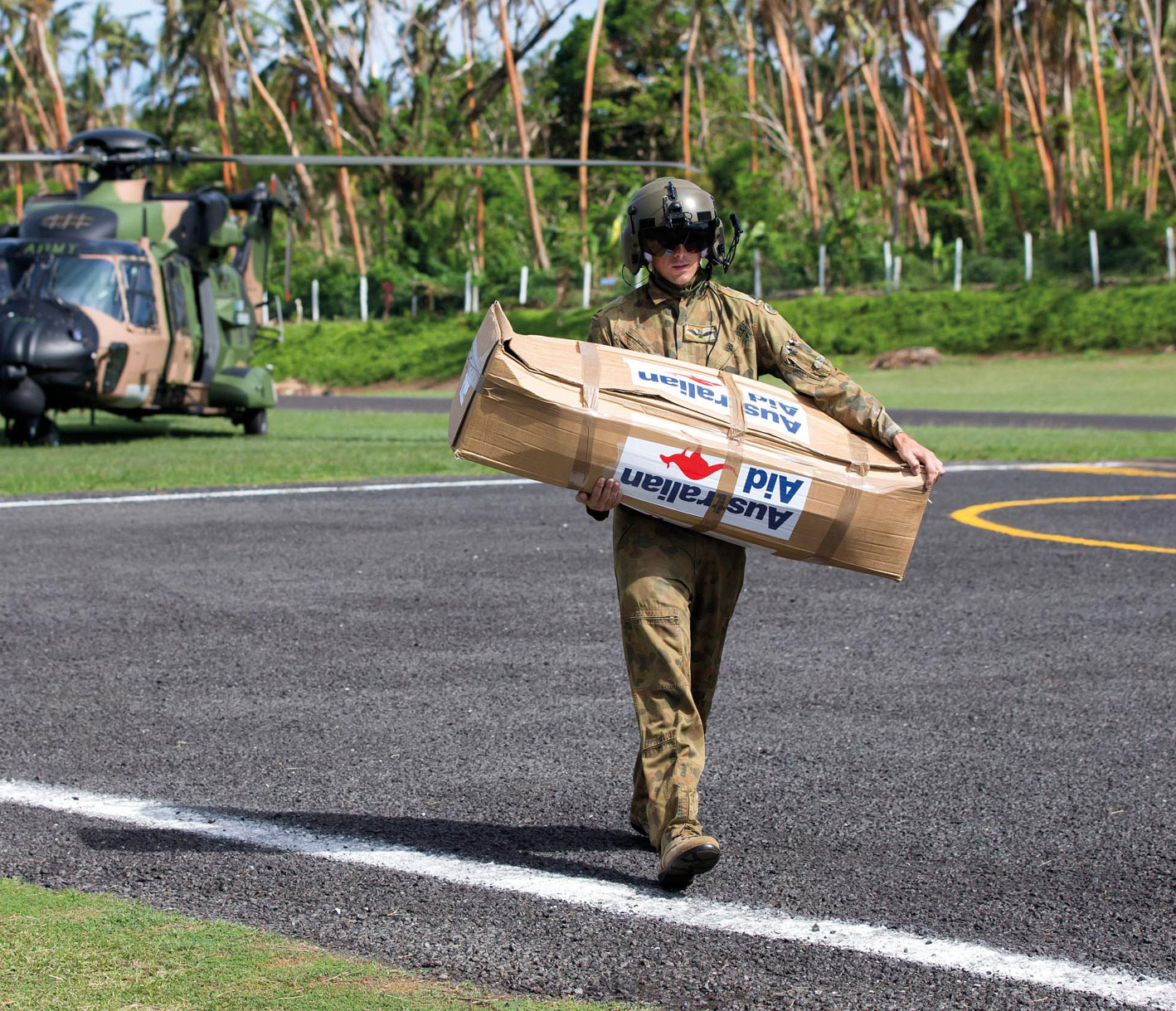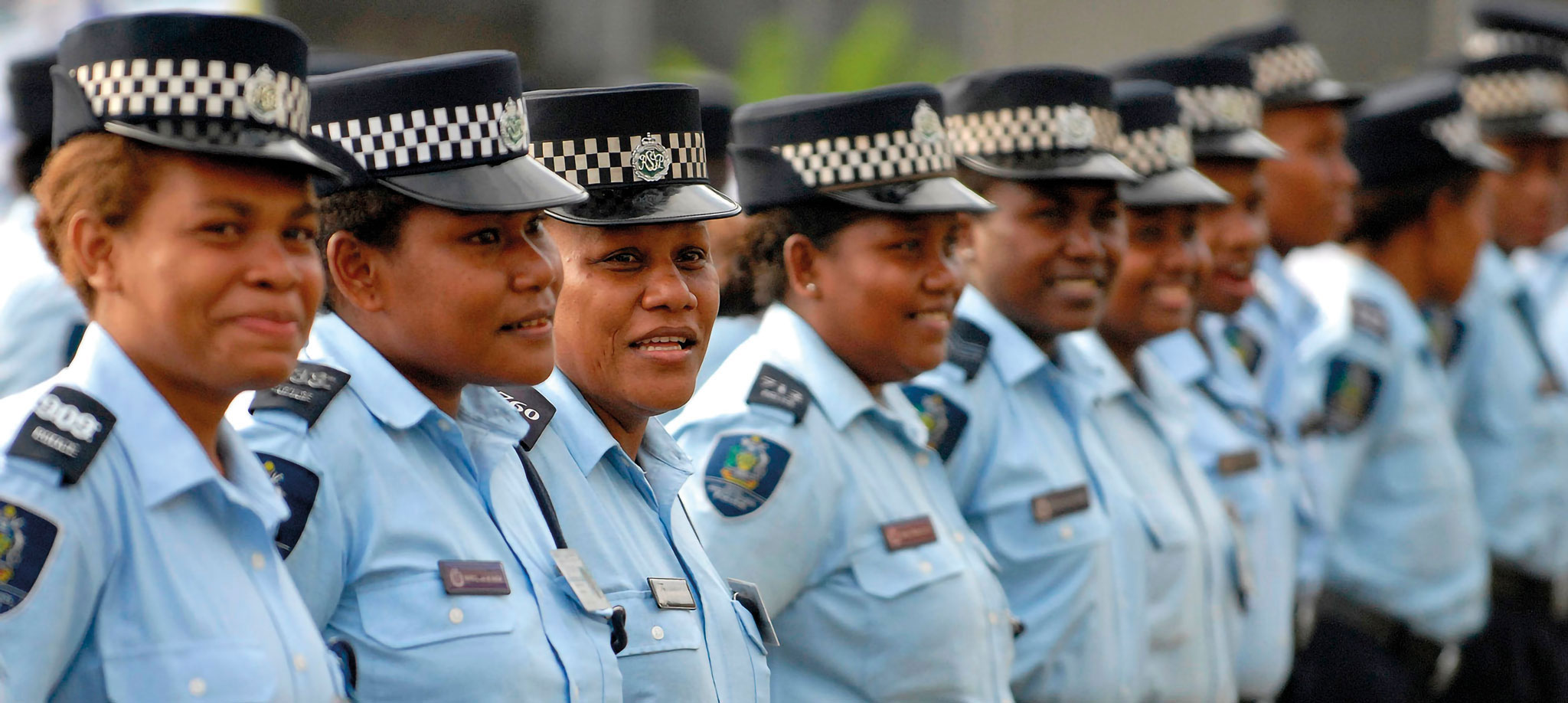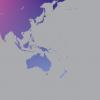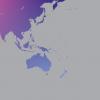Economic growth in Asia continues to re-shape our strategic landscape. The compounding effect of China’s growth is accelerating shifts in relative economic and strategic weight (Figure 2.4). In parts of the Indo–Pacific, including in Southeast Asia, China’s power and influence are growing to match, and in some cases exceed, that of the United States. The future balance of power in the Indo–Pacific will largely depend on the actions of the United States, China and major powers such as Japan and India. The responses of major Southeast Asian states, such as Indonesia and Vietnam, will also be important.
Figure 2.4 GDP forecasts to 2030

Source: Treasury (Australian projections consistent with the 2015 Intergenerational Report)
Note: Figures are in 2016 US$ trillion, converted on a PPP basis; Australian forecasts are for 2015–16 and 2029–30
Figure 2.4 GDP forecasts to 2030 image description: This chart compares Australia's GDP forecasts from 2016 to 2030 against that of Indonesia, Japan, India, United States, European Union and China. Using an orange circle to show 2016 projected GDP within a purple circle indicating projected 2030 GDP, in USD trillion, we see that China's GDP is the highest at$24.1 trillion in 2016 and projected to be $42.4 trillion in 2030.
By some measures China’s economy is already the largest in the world. China is the most important trading partner for most of the region’s economies and a major investor, including in infrastructure. China’s military modernisation is rapidly improving the capability of its armed forces. It has the largest navy and air force in Asia and the largest coast guard in the world. It is a large aid donor and lender to the region.
Like all great powers, China will seek to influence the region to suit its own interests. As it does, a number of factors suggest we will face an increasingly complex and contested Indo–Pacific. Even as China’s power grows and it competes more directly with the United States regionally and globally, the United States will, for the foreseeable future, retain its significant global lead in military and soft power. The United States will continue to be the wealthiest country in the world (measured in net asset terms), the world’s leader in technology and innovation, and home to the world’s deepest financial markets.
The Australian Government judges that the United States’ long-term interests will anchor its economic and security engagement in the Indo–Pacific. Its major Pacific alliances with Japan, the Republic of Korea and Australia will remain strong. Most regional countries, including Australia, clearly consider a significant US role in the Indo–Pacific as a stabilising influence. Japan and India, major economies and military powers in their own right, are also playing stronger roles in Indo–Pacific security and political affairs and are seeking to influence the balance of the regional order.
In this dynamic environment, competition is intensifying, over both power and the principles and values on which the regional order should be based. Maritime and land border disputes will continue to create friction. The region’s seas and airspace are becoming more contested. Freedom of navigation is under challenge in parts of the region.
Economic power is also being used for
strategic ends. We are already seeing
increased competition over regional economic
integration, including in the financing of
infrastructure projects.
There is a
risk that trade and investment, which in the
past have acted to restrain strategic
rivalry, could fuel it instead. Military
modernisation in our region is not directed
at Australia but nonetheless will
significantly diminish the capability edge
we have enjoyed. Over the next 20 years, a
larger number of regional armed forces will
be able to operate at greater range and
precision. The quality and quantity of
missile forces in the Indo–Pacific is
rising, including ballistic missiles. We
will see more submarines and advanced combat
aircraft. Stronger surveillance and
reconnaissance systems will reduce the
effectiveness of stealth capabilities.
In response, the Government is delivering a more capable, agile and potent Australian Defence Force (ADF). Our particular focus is modernising our maritime capabilities and further integrating the ADF so it can apply force more rapidly and effectively.
In the decade ahead, Australia will seek security and prosperity in a region changing in profound ways. We are likely to face higher degrees of uncertainty and risk. We will need to be more active and determined in our efforts to help shape a regional balance favourable to our interests.




